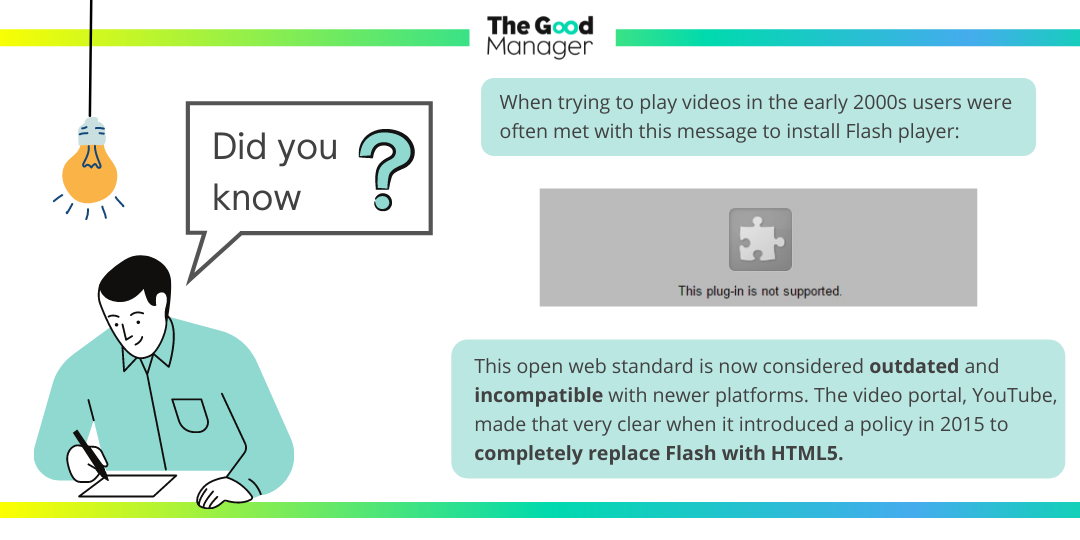Lesson 8Web accessibility principles and standards
- Notion 51 - It all starts with WCAG (The Web Content Accessibility Guidelines)
- Notion 52 - The 1st WCAG principle: Perceivable
- Notion 53 - The 2nd WCAG principle: Operable
- Notion 54 - The 3rd WCAG principle: Understandable
- Notion 55 - The 4th WCAG principle: Robust
- Notion 56 - Understanding the three levels of web accessibility conformance (A, AA, AAA)
- Notion 57 - Can you assess how well a webpage complies with WCAG conformance levels?
- Notion 58 - Using web accessibility principles and standards for social media
- Notion 59 - Review of the main concepts
Notion 55
The 4th WCAG principle: Robust
Target skills
The 4th WCAG principle is Robust.
When it comes to web accessibility, the creation of robust content is defined as:
Content can be accessed by users across different platforms, browsers and devices, especially with assistive technology. This means that the content stays accessible, even as technologies change and evolve.
How can you create a Robust website?
Ensure that your content is compatible with current and future user tools.
Following this guideline means prioritising the inclusion of all users, no matter their disability or method of accessing content. Robust content is, therefore, compatible with different browsers, assistive technologies, and other devices.
The design practices that can help achieve this include:
- creating markup that is valid and reliably interpreted
- giving non-standard design elements a name, role and value
- using HTML5, with CSS and ARIA to develop content for the web
- avoiding Flash due to its lack of support on most browsers

Transcription
Did you know?
When trying to plays videos in the early 2000s, users were often met with this message:
"This plugin is not supported."
This open web standard is now considered outdated and incompatible with with newer platforms. The video portal, YouTube, made that very clear when it introduced a policy in 2015 to completely replace Flash with HTML5.